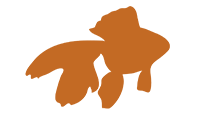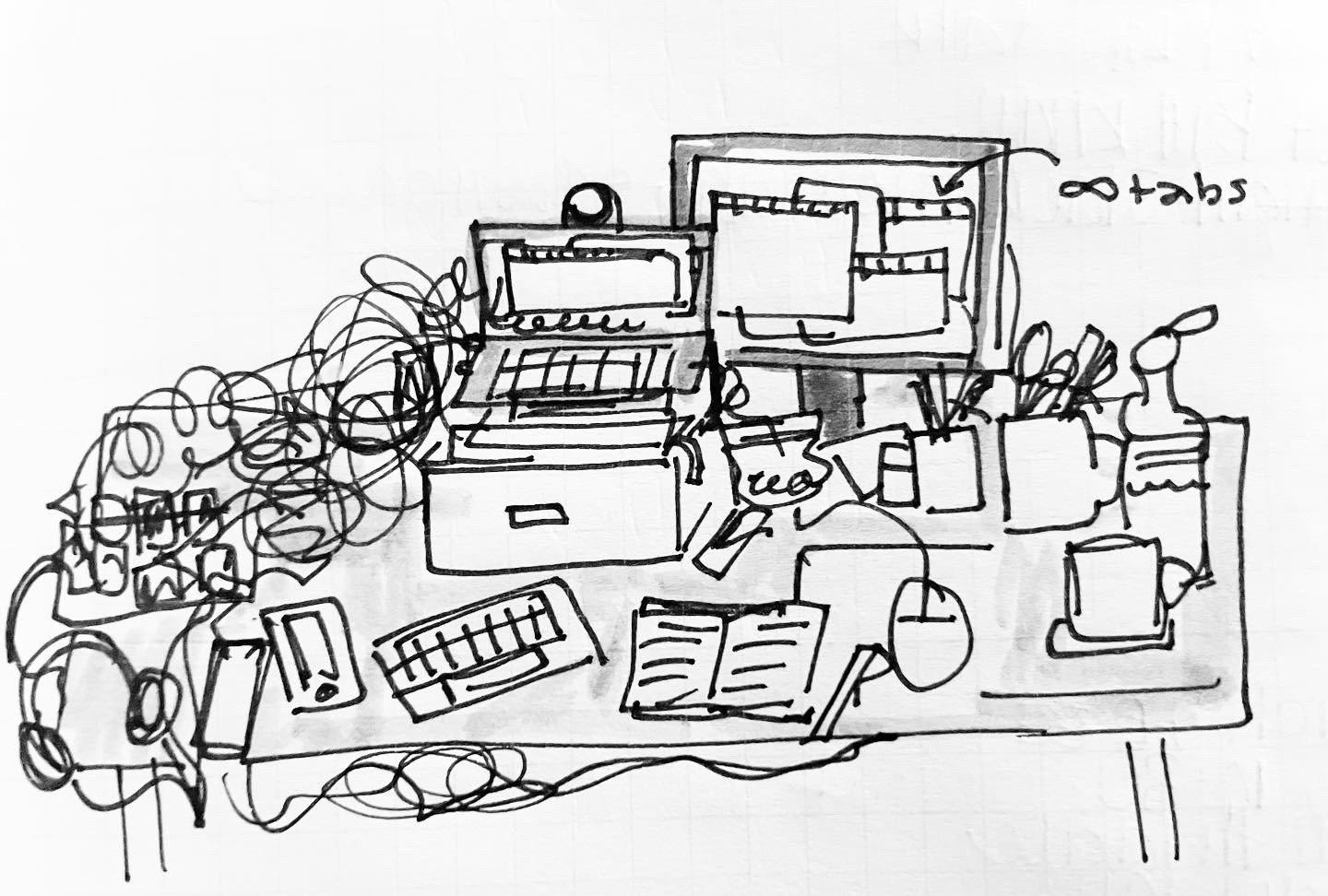
Updated some things on May 26, 2021
I was definitely a graphic designer at one point. In fact, I was pretty insistent on that fact for a while because I had been an English major before and was trying to get design work. So if you thought that’s what I do, that’s totally fair. It’s a much more well-understood field that has tangible artifacts in the world. I got two requests for graphic design projects outside of work recently and it made me think to write this post.
But with technology and all, titles have changed a lot for so many different roles. It’s not exclusive, but I find that designers are quite picky* about their titles (*editors note: annoying).
Then I went to graduate school I got a degree in “Design in Communication Planning & Information Design.”
?
That is the correct response. In fact, that was my response while I was there at the time studying it.
From grad school, I was hired as an “interaction designer” but we all called ourselves “UX designers.” Now I’m hired as a “UX designer,” but a lot of folks give themselves other titles. And that’s ok, but I can understand how that could be confusing. I thought I’d explain a little more about what I do and how that compares to other design roles. This will be based on the very small sample size of “me” and the very few places I’ve worked as a freelancer and full-time designer. Don’t @ me.
What I studied
In undergrad I studied traditional Graphic Design but our teacher put a lot of emphasis on us during research on our working and making all of our decisions meaningful. Things should not just be pretty. We were to move our audience and create impact. Simultaneously I was studying English and Professional Writing and couldn’t help but think about storytelling and bringing in other people’s perspective. I did my first usability test and we read David Krugg’s design-famous Don’t make me think as part of my Professional Writing class.
In grad school, we used the phrase ‘interaction design’ to talk about how people interact with their environment. There was an emphasis on research, usability, future-thinking, end-to-end experiences, including the non-digital and design philosophy. We talked about the ethical implications of our work and were challenged to think about the intangible ways we could make the world better. How our work was more than fingers to glass to design apps. It was pretty unlike what people would hire me to do. Except the research part, that was pretty standard from what I could tell.
Interaction design at a big tech company with a lot of specializations
Then I got a job as an Interaction Designer to design fingers touching glass. Another definition of an interaction designer is a person who designs the transitions/animations/and micro-moments of an application. Like the transition from one screen to another or how a button gives feedback that it was clicked, loading, or disabled. When you tap on a photo from a gallery, do you expect it to blink to the next view or slowly expand to take up the screen? We kind of did that, but I think we spend more more time doing ‘user experience design’ (UX) and that’s what we called ourselves and so did other people.
UI? UX? You what?
UI = user interface
UX = user experience.
The way I’ve seen them used is that UI describes the visual qualities and polish of a design, and UX is the structure and flow. Take differences between coffee shops and why you might choose one over the other. All coffee shops share the core function of serving coffee, but the decisions you make about the drinks offered, flow of people, and space are like the UX which might lead you to choose one shop over another. The UI is would be like the quality and consistency of the branding or the interior design. Or an iPhone over and Android. They have fundamental design philosophies that might make someone more loyal to one over the other.
Because it was a big company, we had people who specialized in animating interactions and illustrations, visual designers, and researchers.
Ok, back to what I did.
Most often, I would propose research to inform pathways for a user to move through an experience and map out different flows for users to go through to get buy-in from the team.

In practice, it was a lot of presentations about how a user was affected by the business decisions we were making and frameworks we could use for making decisions about applying user experiences. It wasn’t as much creative, hands-on designing as you would expect because we had design patterns (like templates) that are pretty established. Sometimes we’d need to update or invent new ones, but the real challenge is working within constraints (which I don’t mind anyway) and against other priorities.
Example:
I might get a situation like: “Ahh we have to release an update and users need to have their watch on the charger connected to wifi because it’ll drain the battery and take hours if we do it over bluetooth.”
…And have to illustrate the preferred pathways for a user to successfully get the update. Like what, when, and how its communicated to users. Can we get them to connect to wifi? If not, can we do it while their watch is charging over night? What if their phone (which is where the update is delivered from) isn’t nearby? What if their phone starts nearby but then they move it away from their watch? What if they don’t install the update and a lot of time passes and their watch to loose connection, how can we follow-up with a user with what they need to do?
UX at a small consultancy
Now I do UX at a small consultancy of about 100, which happens to be for the government, which happens to serve ~328 million.
As consultants as opposed to large company, we interact with clients who need help with a problem and, basically give them our advice and work with them towards a solution. Our company has an emphasis on capacity building so that any solution is sustainable for our clients long term.
As a UX designer, I do a lot of design research to help understand the problem and test our ideas. I also lead a lot of workshops with the partner and team to learn more, make sure we’re aligned towards goals. I also do a lot of teaching about design and research methods. I do some designing, but I not very often.
Last month for instance I was preparing a card sort and to create a research plan for the project moving forward. This week I was asked to prepare design guidelines for a templates, which feels very meta: “how to use these templates that I designed correctly”
As today, I don’t even have the Adobe suite on my work computer! (Adobe is the gold standard for most graphic designers). I don’t even have Sketch on my personal computer (a cheaper design program which is the gold standard for UX designers).
And, just between you and me chickens, I think designers give themselves new titles whenever there is some part of the work they don’t want to do. For the record, I like doing graphic design, I just wasn’t spectacular at it and since it’s been years since I’ve done it, I’ve only gotten rustier. Now I pull out my design programs once a year to make valentine’s day cards.

